Our unit on simple machines and catapults was designed to culminate by competing at the Cantigny Catapult Contest. In our first session we looked at 3 different kids of simple machines used commonly in catapults. The 3 simple machines we examined were Lever, Pulley, Screw. We talked about how these 3 simple machines could be used in catapults. Next we had students use some of these simple machines to build mini catapults. We talked about how important the design process is in almost everything we do in life. We have an idea, we plan, we build, we test, and we redesign. We talked about how important that revision process. At our next session students brought mini catapults they had finished at home. We had a contest to see who’s would go farthest. The students who launched the farthest got a group picture. Below all the pictures are the Next Generation Science standards our unit addresses.
*Please contact steve@rubberbandproject if you our your school district are interested in learning more about Tessellations
 |
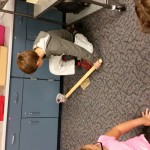 |
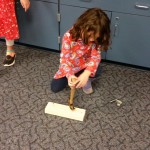 |
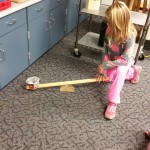 |
|
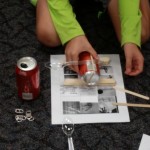 |
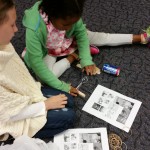 |
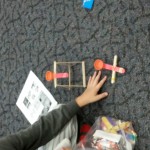 |
 |
|
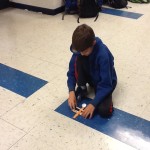 |
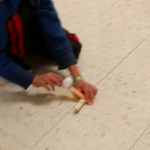 |
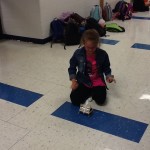 |
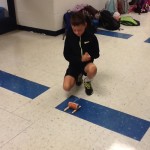 |
|
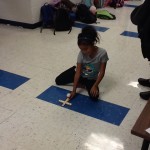 |
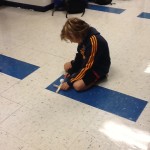 |
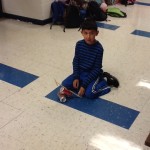 |
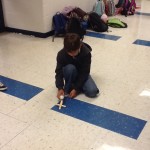 |
|
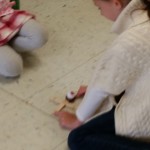 |
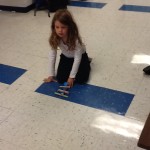 |
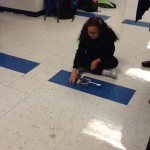 |
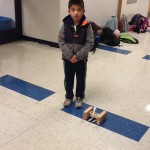 |
|
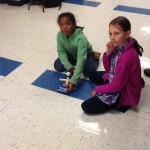 |
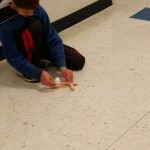 |
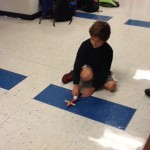 |
 |
|
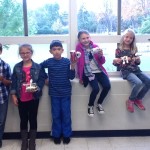 |
Standards reviewed in this lesson:
(VA:Cr3.1.4a) Revise artwork in progress on the basis of insights gained through peer discussion.
- Pushes and pulls can have different strengths and directions.
- Pushing or pulling on an object can change the speed or direction of its motion and can start or stop it.
- Each force acts on one particular object and has both strength and a direction. An object at rest typically has multiple forces acting on it, but they add to give zero net force on the object. Forces that do not sum to zero can cause changes in the object’s speed or direction of motion. (Boundary: Qualitative and conceptual, but not quantitative addition of forces are used at this level.)
- When objects touch or collide, they push on one another and can change motion.
- Objects in contact exert forces on each other.
- A bigger push or pull makes things speed up or slow down more quickly.